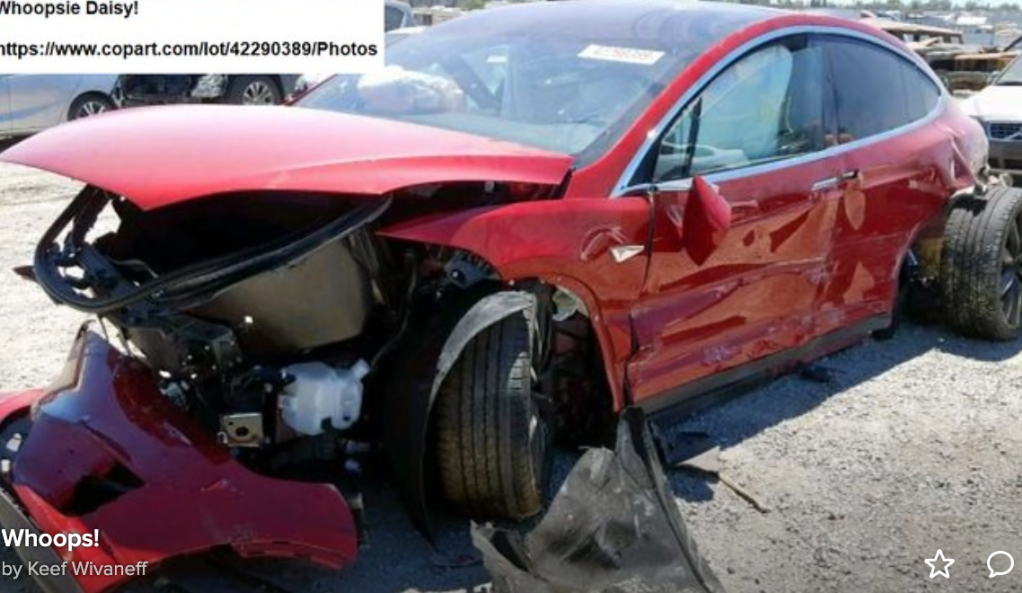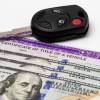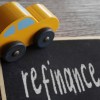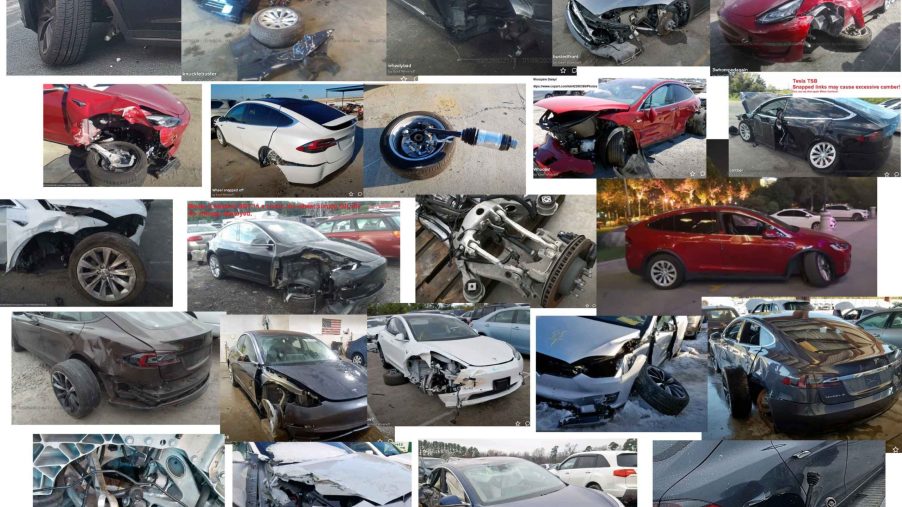
This Is Bad: “Whompy Wheel” Syndrome Causing Teslas To Crash
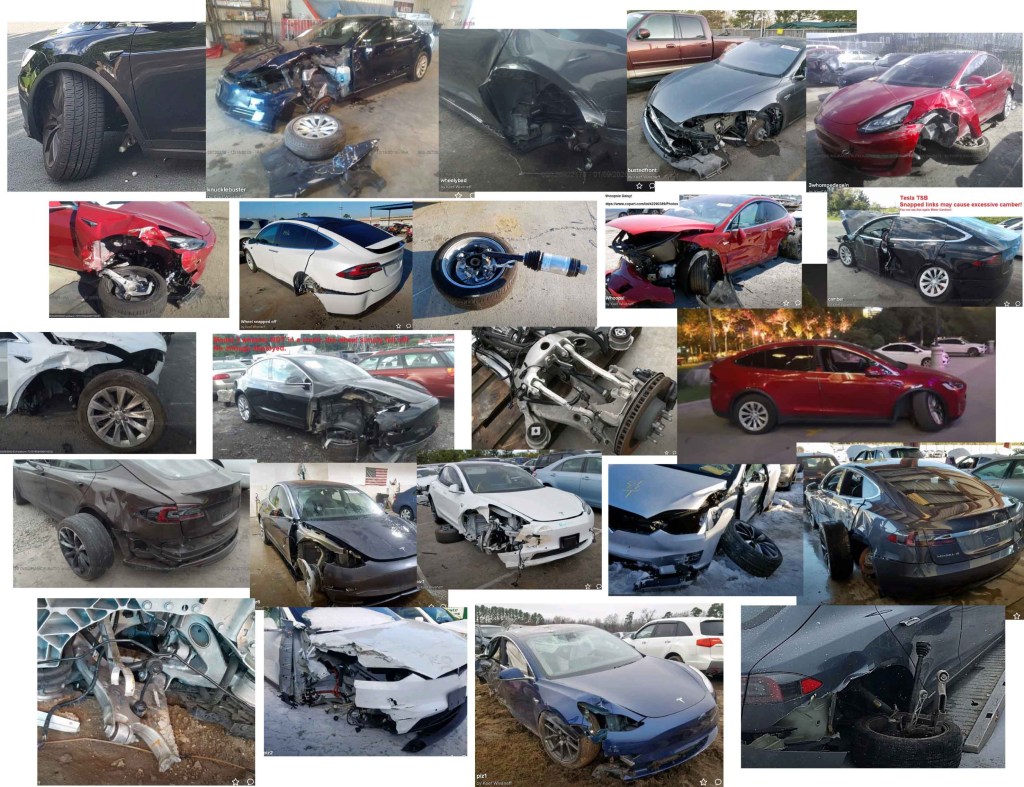
What started off as a post about a guy with a brand new Tesla Model X that snapped a lower control arm turned into more. A lot more. The Tesla forums and news reports continue about a dangerous problem with Tesla lower control arms snapping. There are a bunch of these instances profiled in detail online. It’s so infamous it has a name: “Whompy Wheel.” Punch Whompy Wheel into Google search and the computer shudders from the upload. This is bad. It seems pretty basic that the Whompy Wheel syndrome is causing Teslas to crash.
In most circumstances, this could be catastrophic, in case you were wondering?
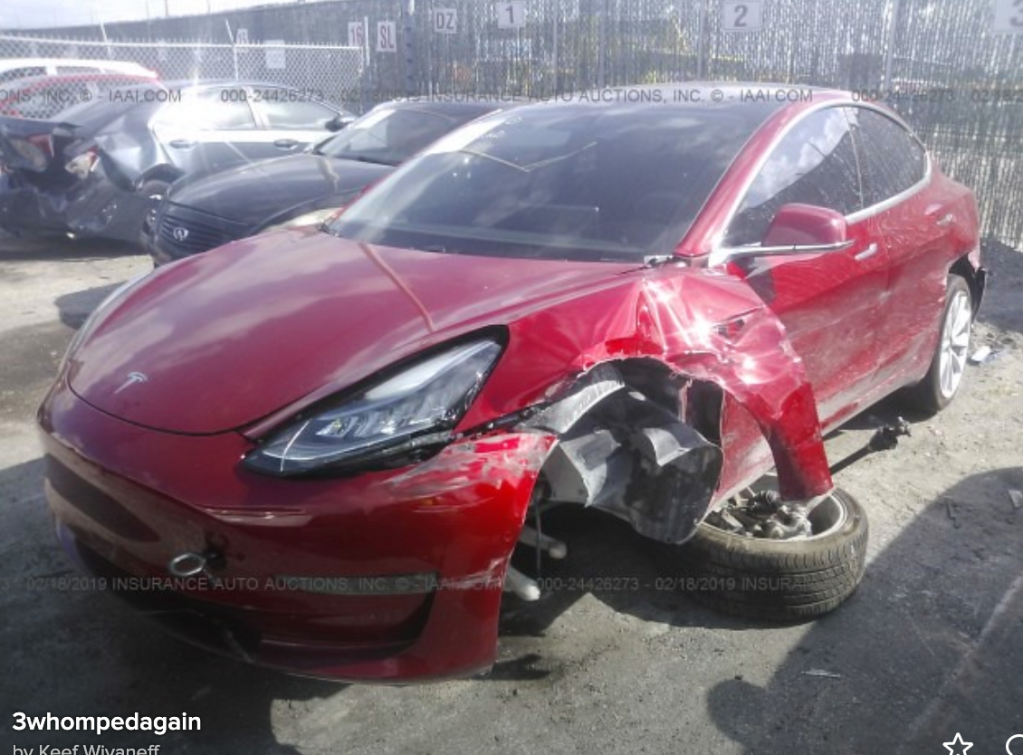
As Tesla production ramps up there are more Teslas whizzing down the highways and byways of the world. But there appear to be more and more issues, too. Some are small, and some, like this one, can be life-threatening. What we have here is a Model X snapped lower control arm. The upper ball-joint has also snapped. In most circumstances, this could be catastrophic, in case you were wondering?
From what we can glean in most cases Tesla says it’s not their fault and the owner will have to get it fixed on their own dime. Since most failures cause some type of accident Tesla says the crash caused the damage, not the other way around. Now there are lawsuits.
Upon investigation, his insurer Geico found that the accident was caused by a suspension failure
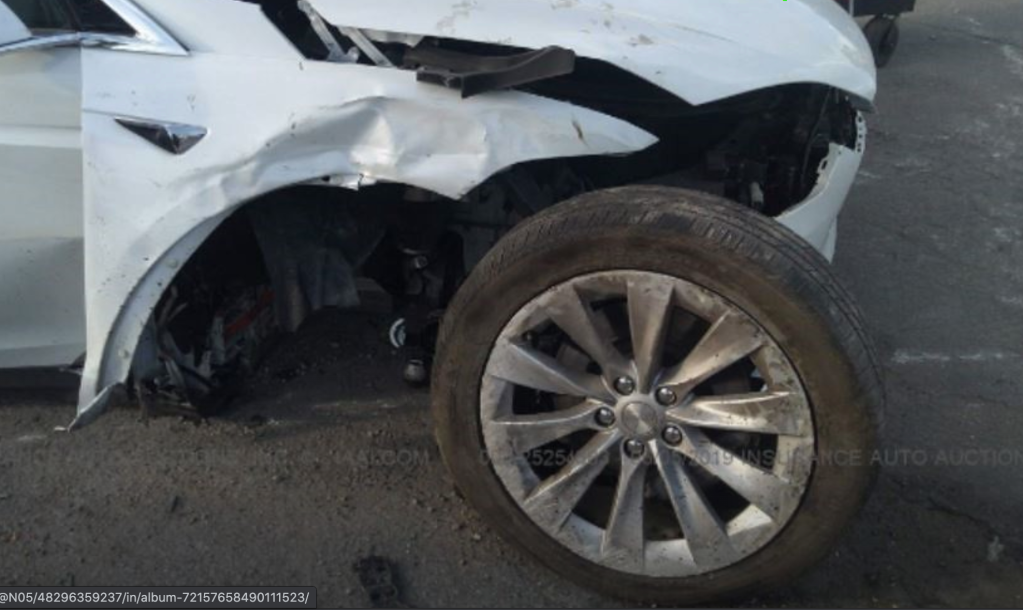
A SoCal actor Mena Massoud is suing Tesla after he crashed his Model 3. Upon investigation, his insurer Geico found that the accident was caused by a suspension failure. In a statement to Business Insider in 2019, Tesla said the car’s “wheel was torn off because the driver crashed into a tree at high speed.”
Now there are websites with images of “Whompy Wheels in the wild.” There are a lot of crashed Teslas on these sites. Going to the National Highway Safety Transportation Administration site there is a gang of anonymous complaints about suspension failures, too.
Tesla has not issued a recall but has issued multiple technical service bulletins
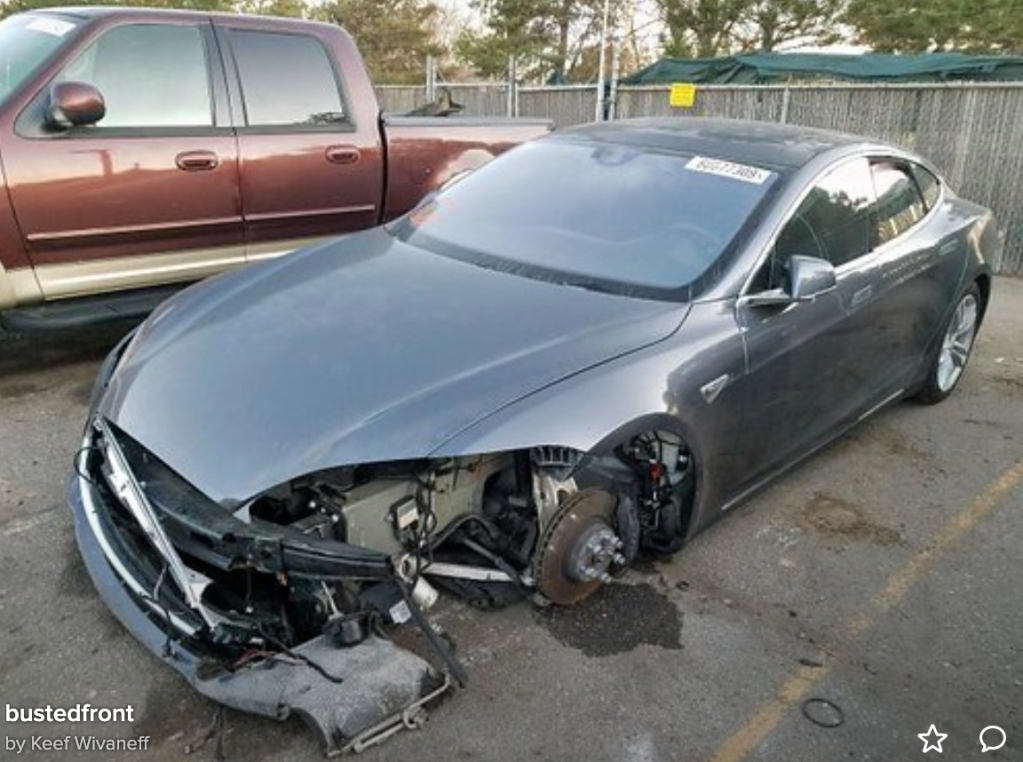
Tesla has not issued a recall for the problem, but it has issued multiple technical service bulletins. The TSBs call out suspension issues with Model S and X Teslas. A TSB issued for 2016 Model S and X cars in February 2017 warned: “Some Model S and X vehicles may have been manufactured with front suspension fore links that may not meet Tesla strength specifications. In the event of a link failure, the driver can still maintain control but the tire may contact the wheel arch liner.”
Internal investigations have shown that Model S and X suspension failures were caused by fore links that are fractured at the ball joint. They show visible flaws and/or improper forgings. Instead of issuing a recall, Tesla issues TSBs. Lots of them.
One of them noted in 2016 that the Model S “front lower control arm ball joints might develop greater free play than is expected” leading to “accelerated wear” and “premature replacement of components.” Then just last year another warned that the “lower rear control arm might crack, causing excessive negative camber of the rear suspension.”
Rumors persist that in 2016 Tesla covered up the issue having affected owners sign an NDA in exchange for a new Tesla
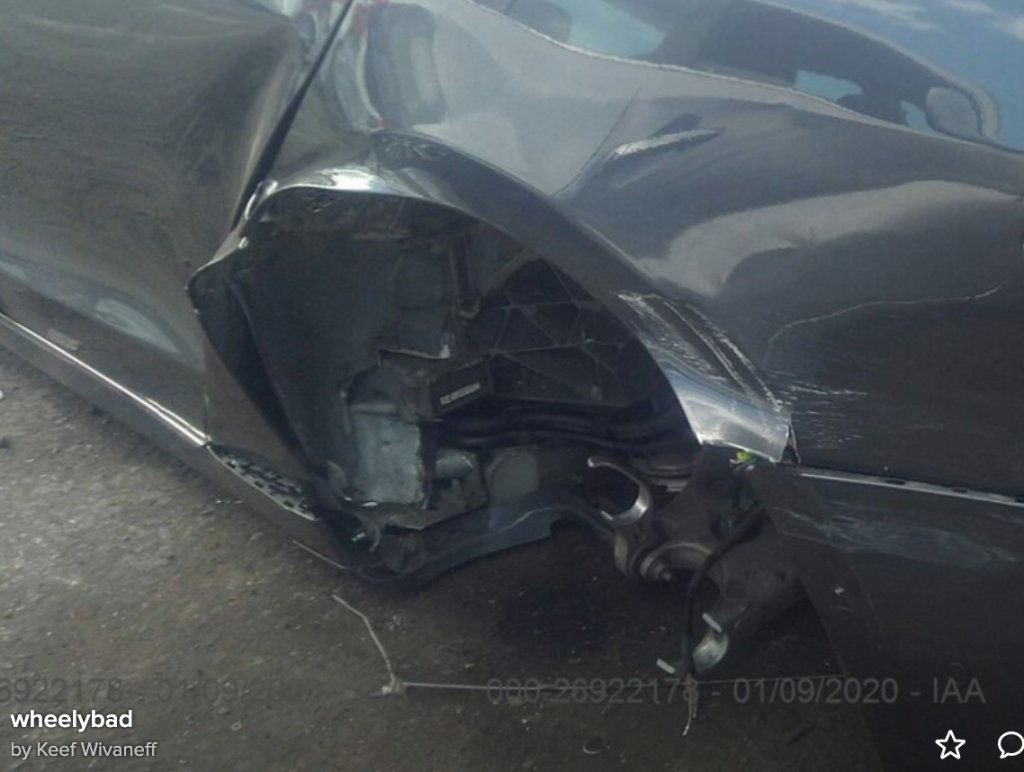
Rumors persist that back in 2016 Tesla covered up the issue by having affected owners sign an NDA. In exchange, they get a new Tesla. This was first discovered in the Daily Kanban in 2016. A Tesla spokesperson told Business Insider that the company has never “used an NDA or confidentiality agreement preventing customers from speaking with safety regulators or other government agencies.”
After this was first covered by Business Insider a Tesla spokesperson reached out to it. They said the story is “misleading because it conflates Model 3 and Model S, which are entirely different cars with different suspensions. We routinely work with NHTSA and other government safety regulators around the world to investigate potential safety problems and perform recalls where necessary.”
